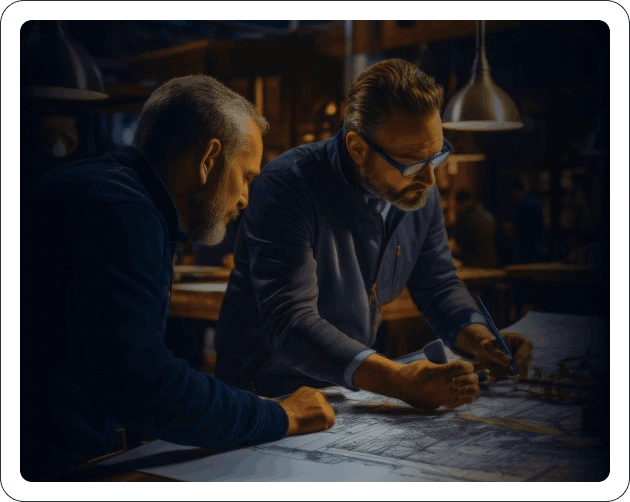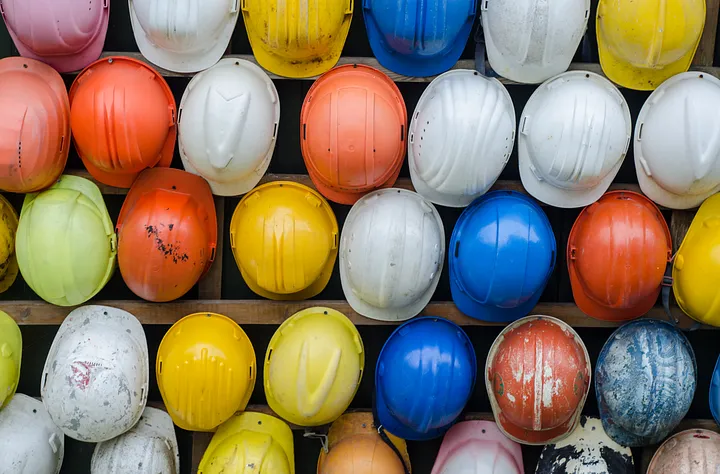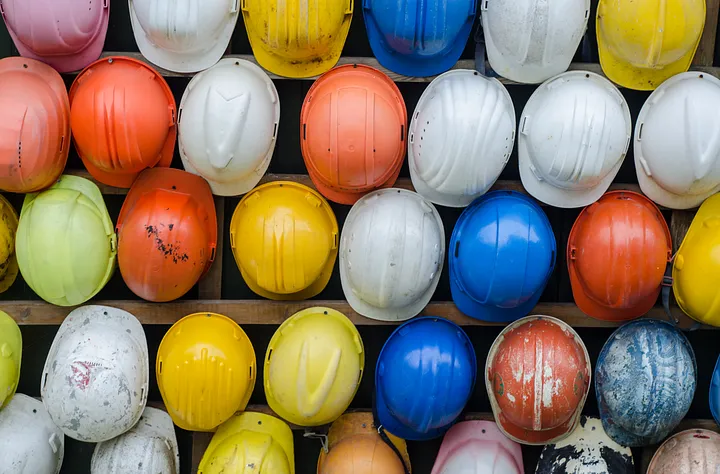In high-risk industries like oil & gas, petrochemicals, refining, and manufacturing, even minor oversights can escalate into catastrophic incidents. To operate safely and reliably, companies must adopt structured approaches that systematically identify, assess, and mitigate hazards before they cause harm. That’s where hazard analysis comes into play.
This blog explores what is hazard analysis, the most common methods used in industrial operations, and how companies can apply practical frameworks to transform potential risks into opportunities for safer and more resilient operations.
What Is Hazard Analysis and Why It Matters in High-Risk Industries
So, what is hazard analysis? Simply put, it is the systematic process of identifying potential hazards in a workplace, evaluating the risks they pose, and determining measures to prevent or mitigate them.
In high-risk industries, hazard analysis is not just about compliance, it’s about protecting lives, assets, and the environment. When done well, it helps organizations:
- Prevent incidents such as explosions, toxic releases, or equipment failures.
- Protect employees, contractors, and nearby communities.
- Improve operational reliability and reduce costly downtime.
- Ensure compliance with stringent global regulations.
At Ingenero, decades of experience in hazard identification and risk assessment show that up to 25–30% of relief devices in industrial facilities have deficiencies. By systematically uncovering and addressing these gaps, companies not only enhance safety but also strengthen long-term operational resilience.
Common Types of Hazard Analysis in Industrial Operations
Different situations call for different approaches. Some of the most common types of hazard analysis in industrial environments include:
- Preliminary Hazard Analysis (PHA): Conducted early in a project to identify potential hazards before detailed designs are completed. PHA helps establish the foundation for safety measures during later phases.
- Hazard and Operability Study (HAZOP): A structured and systematic technique used to identify deviations from normal operations and their potential consequences. HAZOP is widely used in chemical, refining, and energy sectors.
- Quantitative Risk Assessment (QRA): A more data-driven method that quantifies the likelihood and consequences of hazardous events, often expressed in terms of potential loss of life, environmental impact, or financial damage.
- Workplace Hazard Analysis: Broader evaluations that focus on everyday workplace risks such as mechanical injuries, ergonomics, or electrical hazards.
Each of these methods plays a critical role in developing robust hazard mitigation strategies tailored to an industry’s unique risks.
What Is Process Hazard Analysis?
Among the various methods, what is process hazard analysis (PHA), and why is it so important?
Process Hazard Analysis is a comprehensive study designed to identify hazards associated with chemical processes and ensure that adequate safeguards are in place. PHA evaluates factors such as equipment design, process parameters, operating procedures, and human factors to uncover risks that could lead to catastrophic incidents.
Techniques often used within PHA include:
- HAZOP (Hazard and Operability Study): To identify operational deviations.
- What-If Analysis: To ask hypothetical questions about potential failures.
- Failure Modes and Effects Analysis (FMEA): To analyze possible equipment failures and their consequences.
- Fault Tree Analysis (FTA): To assess root causes of undesirable events.
For example, when evaluating relief systems, Ingenero’s teams often integrate PHA with overpressure analysis, flare system adequacy checks, and dispersion modeling to ensure holistic protection.
Suggested Read: Human Factors in Process Safety & Workplace Culture
Practical Frameworks for Hazard Analysis in High-Risk Environments
High-risk industries require structured frameworks to ensure that hazard analysis is thorough and repeatable. Effective frameworks include:
- Hazard Identification
Pinpointing potential hazards in equipment, processes, and human interactions. This could include issues like insufficient relief area or inappropriate set pressures in safety valves.
- Risk Assessment
Using qualitative or quantitative risk assessment methods to evaluate the probability and severity of potential incidents.
- Control Measures
Defining engineering and administrative controls, such as redesigning piping, adding relief systems, or improving operator training.
- Implementation and Documentation
Recording findings and integrating them into safety management systems. Tools like Ingenero’s Codename SECURUS provide centralized repositories and advanced calculation capabilities to streamline this step.
- Review and Continuous Improvement
Regularly updating analyses to reflect changes in processes, regulations, or facility expansions.
By embedding these frameworks into their operations, companies move from reactive safety measures to proactive hazard mitigation strategies.
Suggested Read: Managing Process Safety during Economic Distress
From Hazard Analysis to Safer Operations
Hazard analysis is not just a one-time exercise. To truly achieve safer operations, companies must integrate findings into every stage of their operations:
- Design Phase: Using preliminary hazard analysis to shape safer facility layouts and equipment choices.
- Construction and Commissioning: Applying PHA methods to verify system adequacy before startup.
- Operations: Conducting ongoing hazard and operability studies and updating relief system adequacy studies to reflect real operating conditions.
- Continuous Improvement: Using tools such as Ingenero’s SECURUS to analyze performance data, validate relief devices, and generate actionable insights.
When companies adopt this lifecycle approach, hazard analysis evolves from a compliance-driven task into a strategic asset that improves reliability, safety, and competitiveness.
Partnering with Experts to Implement Hazard Analysis Frameworks
While internal teams play a critical role, partnering with experts brings specialized knowledge and tools that ensure thorough and compliant evaluations. For example, Ingenero offers:
- Relief System Engineering: Comprehensive design and analysis of pressure safety valves, flare studies, and dispersion analyses.
- Codename SECURUS Software: Advanced capabilities for relief device documentation, sizing calculations, and reporting.
- Decades of Experience: Over 3 million man-hours invested in analyzing processing facilities worldwide, covering more than 100,000 relief devices across 100 refineries and petrochemical sites.
- Learning Opportunities: Training programs such as a two-day Relief System Design course or specialized seminars for in-house teams.
With over 80 engineers dedicated to pressure relief and hazard analysis, Ingenero combines depth of expertise with proven frameworks to deliver measurable improvements in safety and reliability.
Suggested Read: The Role of Process Safety Consultants in Ensuring Safe and Efficient Asset Management
Conclusion: Building Resilient, Safer Operations with Hazard Analysis
Hazard analysis is the foundation of safe and resilient operations in high-risk industries. Whether through preliminary hazard analysis, hazard and operability study, or quantitative risk assessment, it provides the insights needed to anticipate risks and implement effective hazard mitigation strategies.
By embedding hazard analysis into design, operations, and continuous improvement, companies not only meet compliance requirements but also build safer, more reliable, and more sustainable workplaces.
With proven expertise, advanced tools like Codename SECURUS, and decades of global experience, Ingenero stands as a trusted partner to help industries move from hazard analysis to safer, smarter, and more resilient operations.




